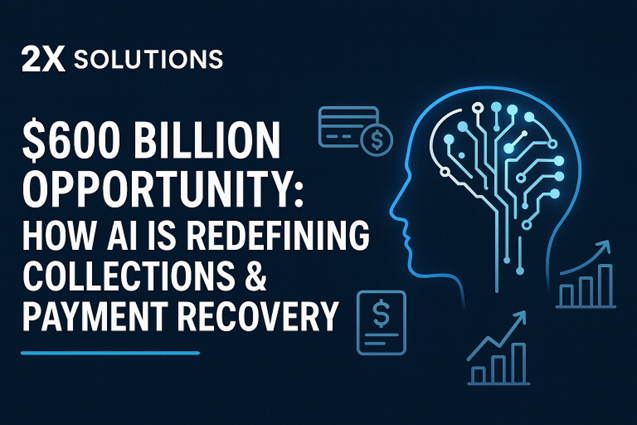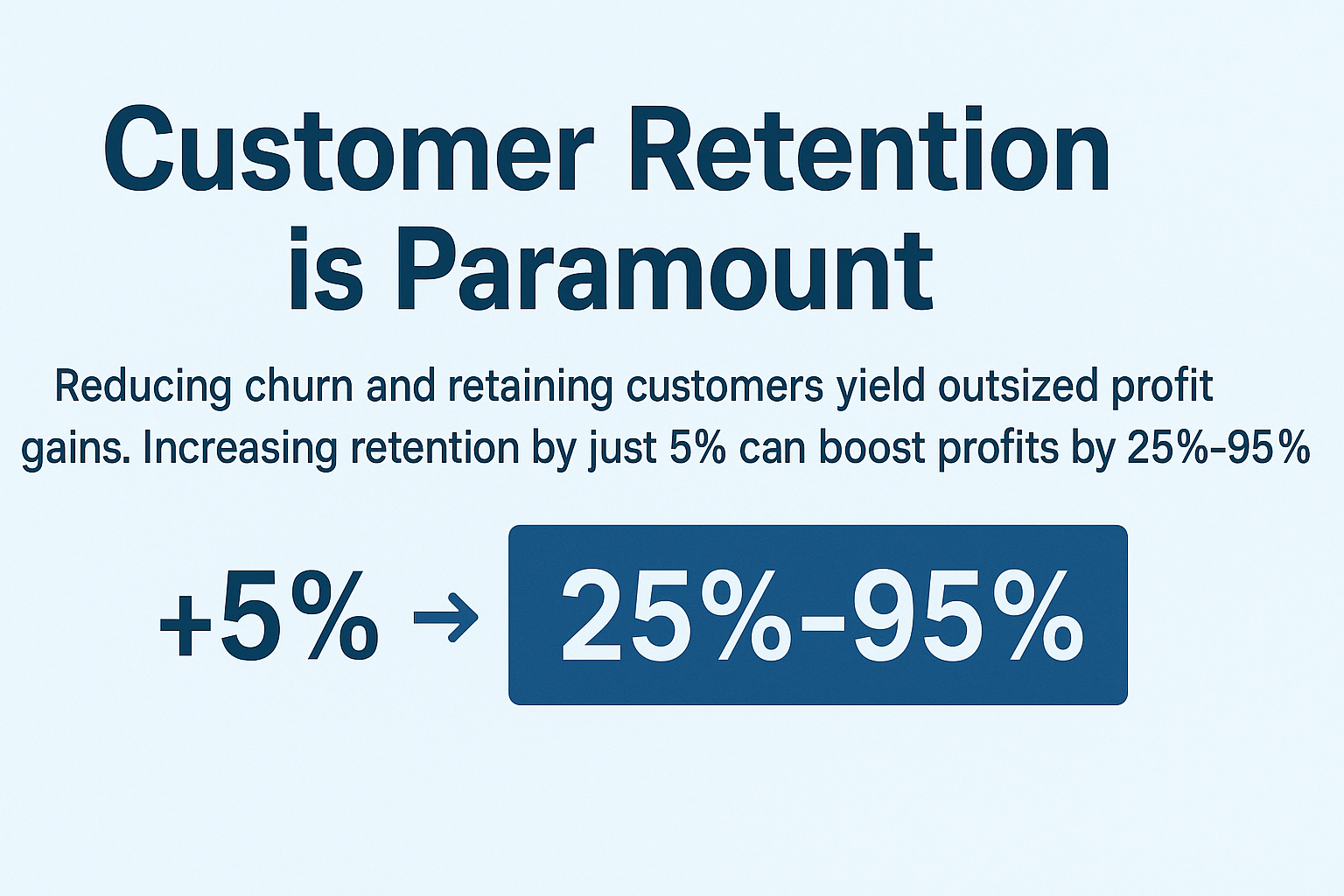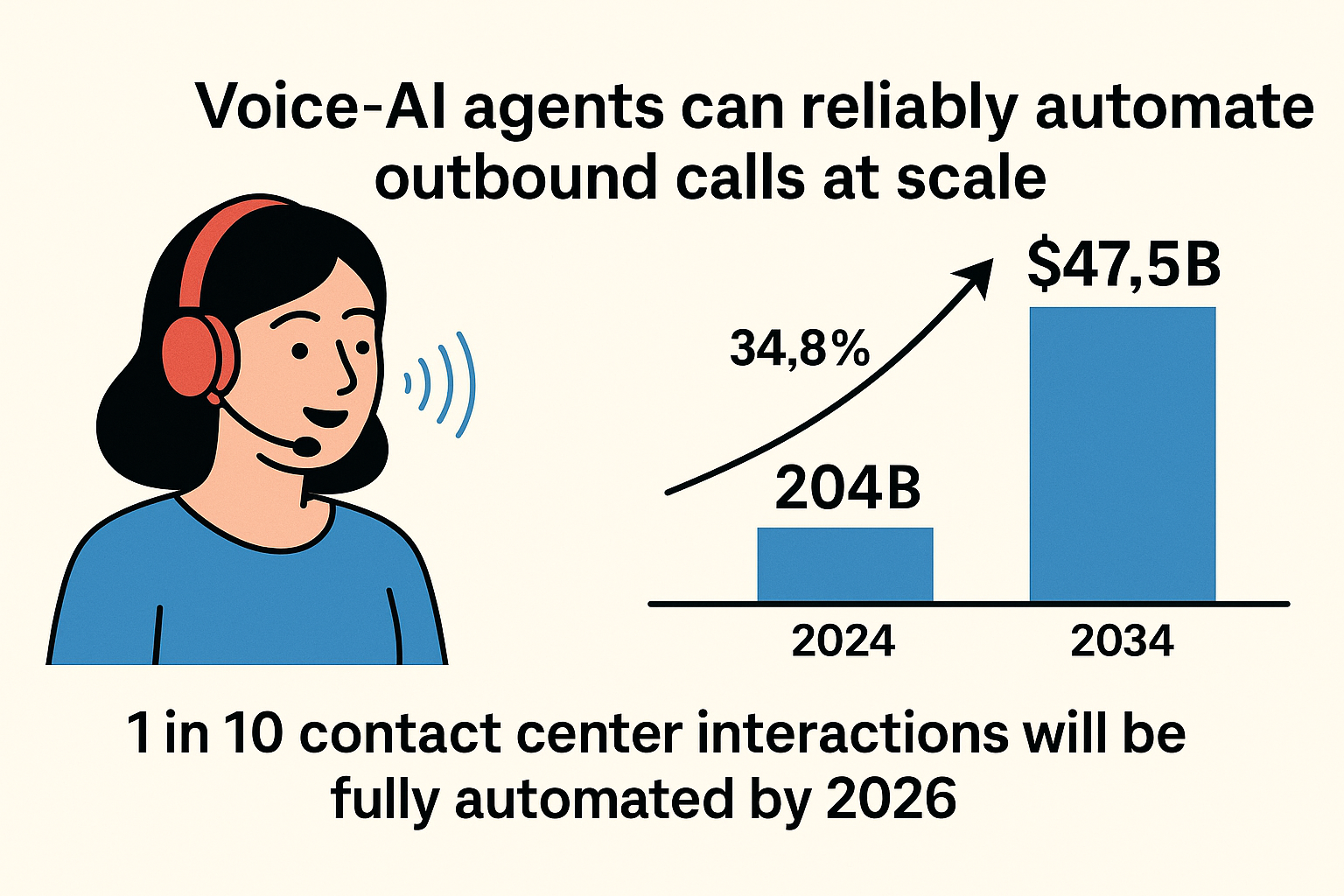As customers continue to demand more accessibility from businesses, leveraging technology is a smart choice. Customers want 24/7 access to your business, and they want the interaction to be natural. One way to meet these demands cost-effectively is through embracing conversational voice AI for business growth.
Conversational voice AI gives customers an interaction they can trust and appreciate. When compared to the robotic, “push a button” interactions from other automated technologies, natural-sounding AI conversations are incredibly advanced and effective.
Whether it’s through text or voice, natural language AI voice assistants can give customers a customer service experience that seems anything but robotic. Learn more about how to use AI-powered natural language processing for business growth.
What Is Conversational Voice AI?
What is conversational voice AI and how does it work? At the core, it’s a type of AI technology that can hold real-time, advanced conversations with users. Using conversational voice AI should feel like a natural conversation with another human.
The AI technology should be able to interpret your ideas and respond in kind. Regardless of the format in use, the interaction should feel natural to the end user.
Conversational voice AI differs significantly from older technologies like traditional chatbots that regurgitated standard answers. Instead, it focuses on understanding what the customer is requesting and then responding in a natural manner. It uses a few different advanced technologies related to artificial intelligence.
Machine Learning and Deep Learning
Machine learning (ML) is a type of artificial intelligence that studies the way humans learn. It uses the data it generates to try to imitate those human techniques for its own use. Over time, this process of imitation becomes more accurate.
Within a conversation with a customer, ML attempts to predict what customers are trying to ask. Afterward, it runs an error function on the prediction to determine the accuracy. If it isn’t accurate, ML uses that data to try to improve its accuracy for next time.
Deep learning (DL) is a part of machine learning. It uses data to focus on understanding the context of human conversation. Models that rely on DL improve over time because the amount of data available increases.
Natural Language Processing
Natural language processing (NLP) is a type of artificial intelligence that can interpret both text and speech. It works in real time to comprehend what your customer is saying before generating a response.
NLP involves using statistical models and machine learning models to allow computers to recognize human language. NLP uses context and clues throughout the conversation to try to accurately comprehend the person’s intent.
It attempts to make the interaction feel as natural as possible. Such personalization techniques can make the customer happier with the interaction, even if they can tell that there’s not a human on the other end of the line.
Automatic Speech Recognition
Automatic speech recognition (ASR) is software that translates human speech from spoken word to written word. ASR differs from voice recognition, which attempts to verify identity through a spoken phrase. ASR attempts to create an accurate text portrayal of what the customer is saying.
ASR is a key component of conversational voice AI, as it allows the system to interpret the customer’s spoken request. Without accurate speech recognition, the system cannot interpret what the customer wants. The customer then becomes frustrated.
Combined with NLP, making use of ASR is a major step forward for conversational voice AI versus older technologies.
How Conversational Voice AI Helps With Customer Engagement

One of the great things about conversational voice AI is how it works across multiple touchpoints for your customers, including:
- Web forms
- Chatbots
- Telephone customer support
- Sales inquiries
- Social medial interactions
Rather than sitting on hold waiting for a human or being told to call back during normal business hours, customers can interact with your company’s voice AI. If the interaction seems to follow natural human conversations, it results in a greater level of satisfaction.
Conversational voice AI can also understand when a customer query is beyond its capabilities or when it suspects potential fraud. It then routes such calls to a human agent. Timely recognition of such queries is important in maintaining customer satisfaction.
Improved Accuracy
One of the most impressive examples of using conversational voice AI is its ability to draw on past interactions. The system can look back at past conversations with each customer, using this information for the new interaction. Customers appreciate not having to restart explaining the problem every time.
Examples of Using Conversational Voice AI
Regardless of how your customers and potential customers are interacting with you, conversational voice AI can play a role.
- Setting appointments
- Asking about order status
- Checking account balances
- Answering common questions
Improving Your Internal Operational Efficiency
Deploying conversational voice AI for business growth not only helps customers but can also improve the efficiency of your operations. Internally, you can save time with basic tasks that humans do now. The technology behind conversational voice AI ensures accuracy in performing these tasks.
Because of its ability to comprehend text and voice commands, it avoids time-consuming errors. Rather than needing humans to double-check and redo the work, you can reduce manual labor costs because of improved accuracy.
Conversational AI technologies do an excellent job of data harvesting during customer interactions, too. Rather than relying on handwritten notes from a human rep, the conversational AI doesn’t miss anything. Such data collection can be invaluable during future interactions with the customer while helping management make strategic decisions based on the data.
Saving Money With Conversational Voice AI
Another reason to consider conversational voice AI for business growth aspirations is that it saves money for the company. Rather than hiring humans to wait for customers to reach out with questions, AI is always ready around the clock, on weekends, and during holidays.
During busy customer service times, AI never becomes overwhelmed, leaving customers on hold.
For internal onboarding, your HR department can use conversational voice AI to save time and money, too. Rather than having humans oversee training or answer common questions, the AI tool can do the job. New hires can ask questions and receive answers at any time, rather than waiting for HR personnel to respond to an email.
How Conversational Voice AI Drives Business Growth

Perhaps you’re already using technologies like automated answering systems to alleviate some of these issues. However, by making use of conversational voice AI, customers have a higher level of satisfaction with the interaction. This ultimately reduces the amount of churn you have.
Embracing conversational voice AI for business growth reduces the amount you must spend on overall customer engagement. Many customers appreciate being able to solve a problem themselves versus having to speak to a sales rep, which saves money. You can have your human reps focus on key segments where self-serve options don’t work.
Gartner says about one-third of customers appreciate self-serve options and conversational voice AI simplifies this process. Happier customers will remain more loyal, generating repeat business.
Improving Internal Efficiencies
Improved customer retention can improve your business’s bottom line. However, focusing on using conversational voice AI for business growth also makes your employees more efficient.
Rather than having your employees spend much of the day working on mundane tasks, your AI technology takes care of these tasks. Employees then can focus on generating new business and expanding the market.
Overcoming Challenges With Conversational Voice AI
Certainly, implementing any sort of AI technology has some challenges associated with it. Deploying conversational voice AI for business growth is no different. It’s common to struggle with challenges like protecting customer data and integrating the system efficiently.
It’s important to implement significant security measures at the same time you deploy a conversational voice AI tool. If someone manipulates the conversational voice AI’s processes, the system loses trust among customers and employees.
Keeping up With Competitors
Embracing new technologies like conversational voice AI certainly can be challenging. But the rewards of taking the plunge can pay off in significant growth and success.
Your competitors are almost certainly going to be exploring this technology. According to Markets and Markets, the conversational AI market will increase from $13.2 billion today to almost $50 billion by 2030.
That doesn’t mean you should embrace conversational voice AI out of fear of missing out. Rather, it’s worth exploring because of the significant benefits that it can deliver for your employees and customers.
Learn More About Using Conversational Voice AI for Business Growth

Delivering the best level of service for your customers has long required embracing new technologies. Virtual assistants that make use of AI technology can be one of those vital strategic technologies.
Studying the possibilities of using conversational voice AI for business growth can save money without sacrificing the quality of customer interactions. It even can improve the efficiency of your internal team, allowing them to focus on market expansion.
To learn more about conversational AI strategies, reach out to 2X Solutions today. Our team can show you how to improve your business’ efficiency. Trust us to help you find the best way to use these technologies to move towards greater levels of success.






